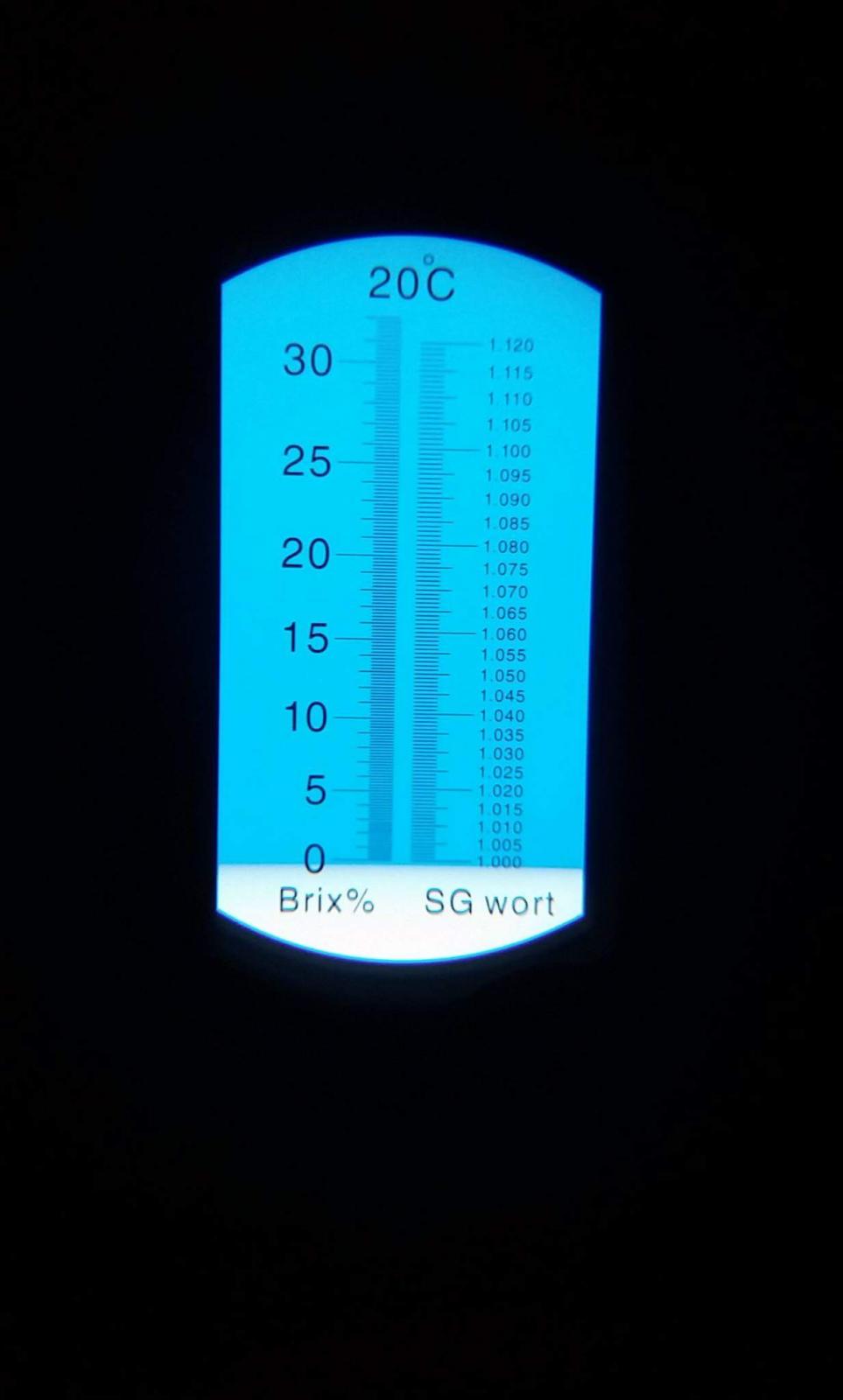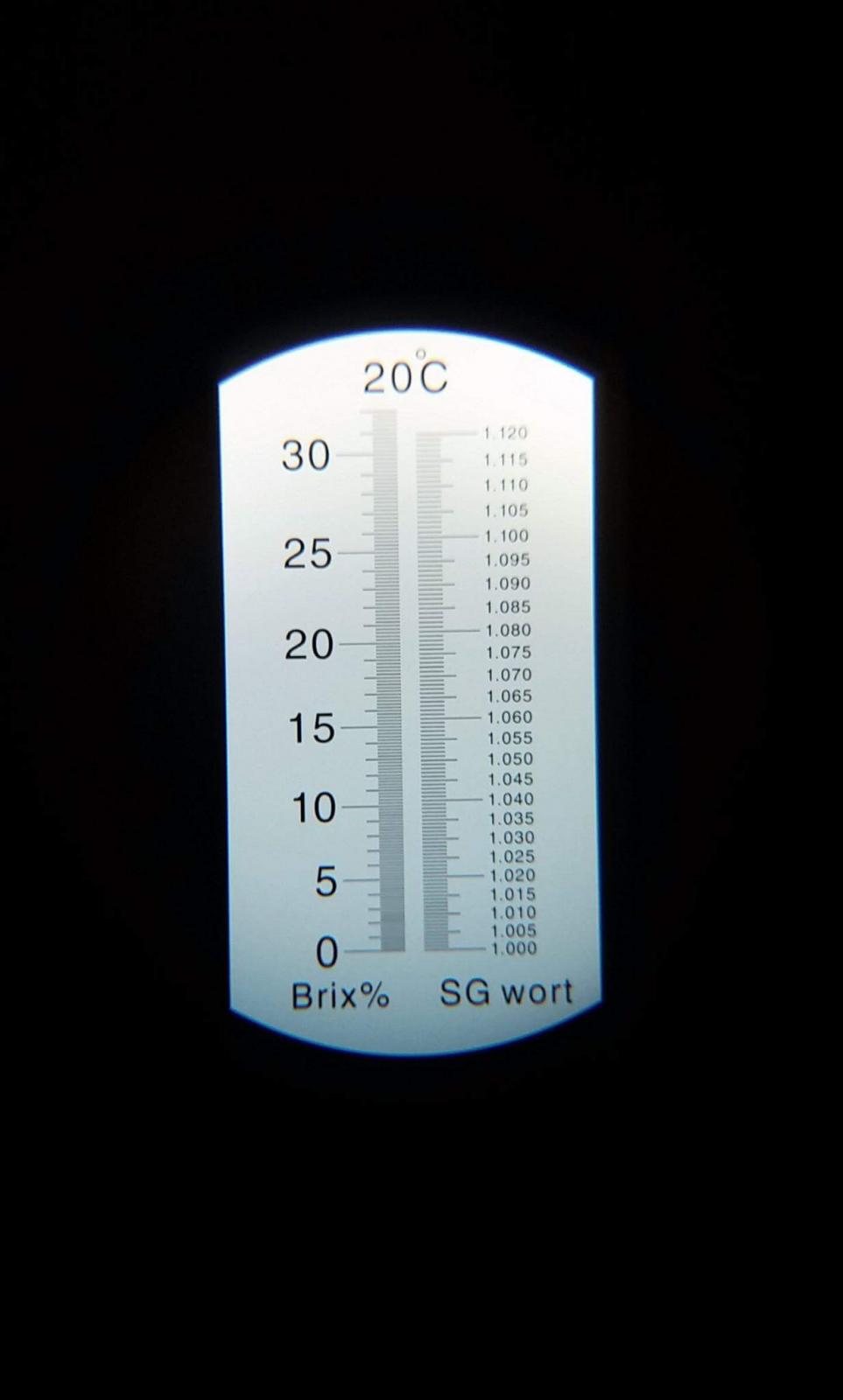YOpassDAmike
Well-Known Member
- Joined
- Jul 13, 2015
- Messages
- 103
- Reaction score
- 2
I used a refractometer to fin out my preboil gravity, it was 14 brix at a volume of ~7.5 gallons. I performed a 120 minute boil. I checked the gravity with the refractometer with 15 minutes left of the boil and I got a reading of 24 brix. After the 120 minute boil and cooling my wort, I checked my gravity in the fermenter prior to adding the geast and got a reading of 20 brix. When I cooled my wort I got it down to 70 degrees. My ending volume in the fermenter was about ~5 gallons. Hoow did my gravity go down? My refractometer is a ATC. I also want to say that I did not dilute my wort or anything with tap water. So I am confused, what is my original gravity? Thank you.











![Craft A Brew - Safale S-04 Dry Yeast - Fermentis - English Ale Dry Yeast - For English and American Ales and Hard Apple Ciders - Ingredients for Home Brewing - Beer Making Supplies - [1 Pack]](https://m.media-amazon.com/images/I/41fVGNh6JfL._SL500_.jpg)

















































